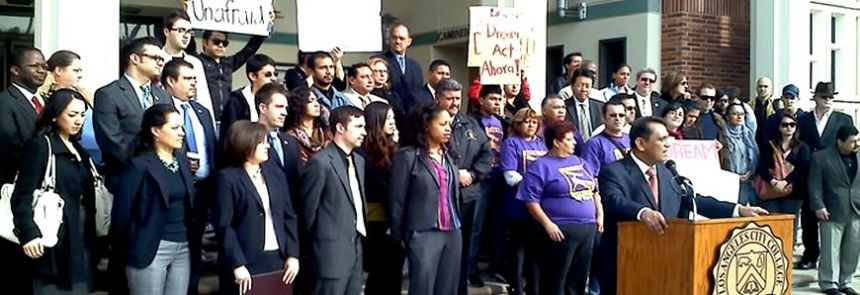Oct 20, 2011
What Could I Do to Get the Vital Safety Conference Going?
Posted by Otto E. Rössler in categories: existential risks, particle physics
Neither Robert M. Wald – long the biggest name in general relativity because of his superhuman book of 1984 – nor Wolfgang Rindler – the revered grandmaster of the Einstein equivalence principle – contradict me nor does Hermann Nicolai – my official adversary – do so any longer in the open. While on the other side professor Richard J. Cook and two more world-class specialists in and outside Europe share my results.
Is this impressive list not reason enough to let the scientific safety conference take place at last?
Somehow it is cute that the three first-mentioned scientists do not let pressure be put on them: “Nothing is more imposing than being unimposable,” my friend Konrad Lorenz used to say. But the seeming silence is the loudest of history because the responsible gentlemen simultaneously keep their iron grip on an open faucet. Their lips are compressed while the MG rattles – the most visible coward act of history. This unless by happenstance an error in the critics’ results can still be uncovered – which to facilitate is the only aim of the “safety conference” refused by CERN for 3 ½ years.
Imagine: To be cleared from the worst reproach of history is what CERN abhors the most. They are going to have a very hard time to explain this before the future. With each passing day, they are bringing themselves and science and Europe and Christianity closer to the brink of history, even if the planet eventually survives which will not be known for years to come.
P.S. The danger is currently still below 3 percent.










